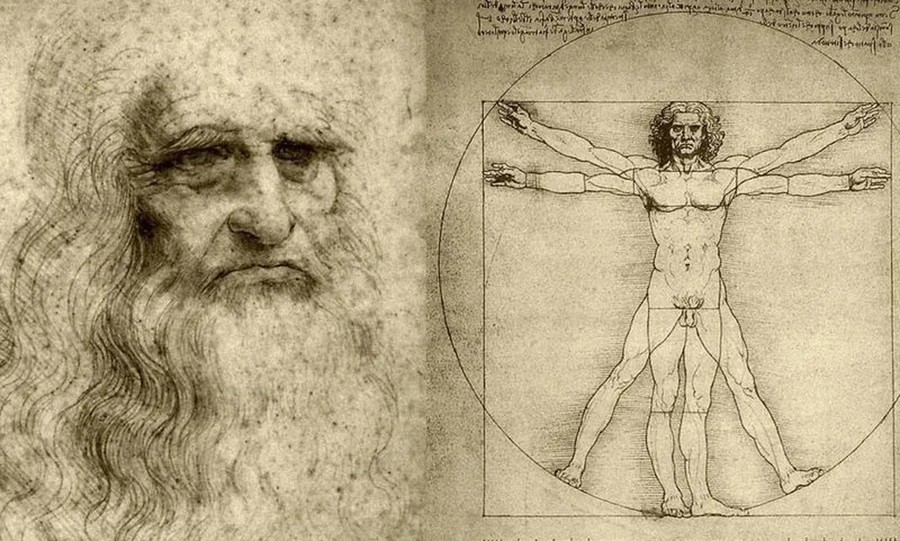While digging for a water pipeline in the Gobi Desert of Mongolia, workers uncovered the remains of a previously unknown dinosaur species, belonging to the Therizinosaur group. These dinosaurs, known for their distinctive features, stood on two legs and had small heads, chubby bodies, wings, and long necks.
The newly discovered species, which lived approximately 90-95 million years ago, has been named Duonychus tsogtbaatar, or "Tsogtbaatar's Duonychus," in honor of Mongolian paleontologist Khisigjav Tsogtbaatar. The creature was around three meters long, weighed approximately 250 kilograms, and sported claws measuring 30 centimeters in length.
An artistic rendering of Duonychus grazing on trees (Masato Hattor)
Therizinosaurs, which lived in both Asia and North America, were known for their long claws. However, Duonychus is the only known member of this group to have only two fingers, rather than the usual three.
Additionally, one of its claws still retains a layer of keratin—the protein from which human nails are made. Unlike our nails, however, dinosaur claws contained bone material inside.
The preservation of keratin "is extremely rare and provides us with fascinating new insights into how these dinosaurs may have used their hands," said Yoshitsugu Kobayashi, a researcher at Hokkaido University in Japan, who led the study published in iScience.
The claw at the top of the image still holds a layer of keratin (Kobayashi et al/iScience)
The research team suggests that Duonychus likely used its curved claws to grasp branches while foraging for vegetation. A modern-day comparison would be the sloth, which uses its sharp claws to cling to branches.
However, it’s also possible that Duonychus used its claws for defense.
The skeleton, which does not include the head or the back legs, likely belongs to a juvenile individual.
This dinosaur lived in a semi-desert environment alongside other therizinosaurs and an early ancestor of the tyrannosaurus known as Alectrosaurus.
While tyrannosaurs were also bipedal and had sharp claws, these were used for hunting, not defense. Tyrannosaurs, which belonged to the theropod group, were carnivores, in contrast to the herbivorous therizinosaurs.
An artistic depiction of Duonychus' claws (Masato Hattor)







